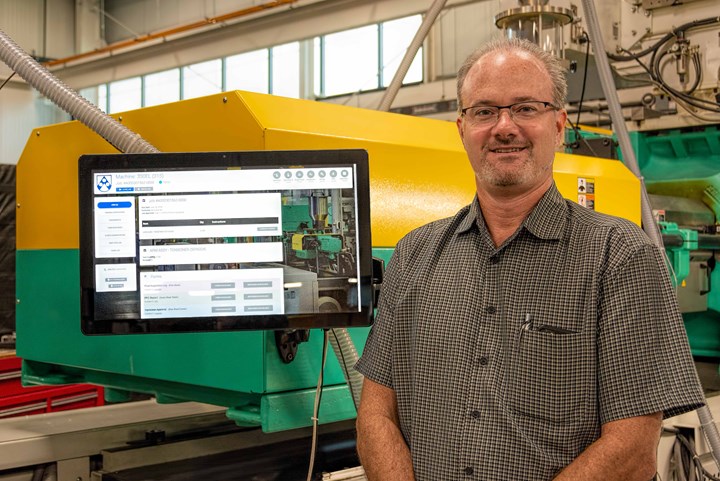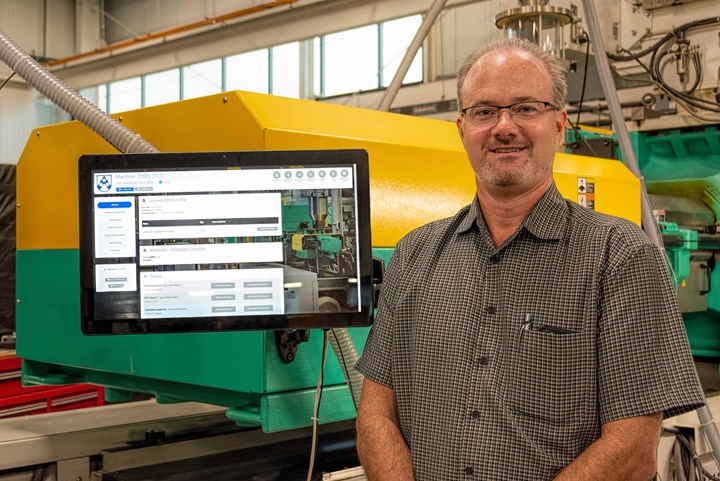
Are You Ready for Digital Manufacturing?
If your organization hasn’t yet addressed this question, you will have to before long. It’s probably one of the most crucial strategic questions facing all injection molders in this decade. That’s why we used it as the title of our second morning General Session of our two-and-a-half-day Molding 2021 Conference, Sept. 21-23, 2021 at the Donald E. Stephens Convention Center in Rosemont, Ill., near Chicago O’Hare Airport. That’s a real, in-person event, with live speakers, tabletop exhibits, networking sessions (with refreshments, of course), and our first-ever Hot Shots Injection Molded Parts Competition, at which conference attendees will choose the winners.

Digital Manufacturing has made a substantial impact in medical molding, as shown here at Roechling Medical.
Digital manufacturing (also called Industry 4.0) is a rather broad umbrella term for a lot of different but related technologies. It can sound a bit intimidating and maybe a bit futuristic in a “Star Wars” sense. That’s why the session’s first speaker, from Conair, will break down the “Smart Manufacturing” technologies available for you to implement today, versus the near-future opportunities for more advanced approaches to increasing productivity, quality and efficiency.
In an era of chronic labor shortages, automation is one logical solution. But a key lesson of Industry 4.0 is that just as important as mechanical automation—or even more so—is automation of data flows in your plant. One of the many approaches to Smart Manufacturing is cell integration with all auxiliary controls tied into the injection machine controller as a hub or server for the cell. A speaker from Arburg will spell out how this works and the manifold advantages you can reap from it.
“How does Industry 4.0 make me money?” Who better to answer that question than Smart Attend, whose process and production monitoring system was developed by and for molders. This presentation will explain why information is money to manufacturers, and how real-time plant information systems are an underutilized sales tool.
Two more speakers make the case that digital manufacturing begins long before the first part is molded, or even before any steel is cut for the tool. Many of you already use mold simulation as the first step in Smart Manufacturing. You’ll learn from Sigma Plastic Services about new simulation tools that automate optimization of your mold and process; and Autodesk Moldflow will clarify the key factors that make a molding simulation successful.
In line with the theme of this session, few manufacturing processes are more digital than 3D printing. Just as a computer screen is a display of a part’s CAD file, a 3D printer could be considered a “3D display” of that digital part design. Injection molders are increasingly adopting 3D printing (or, more properly, additive manufacturing) as a supplement to their primary process for prototyping, making jigs and fixtures, and even short-run production. But a true marriage of 3D printing and injection molding is the eye-opening innovation of Addifab, a Danish company that developed a 3D printing process specifically for injection molders to extend the scope of their process. (Learn more here.)
For a similar rundown of the first day’s General Session on “Green Molding is Here,” see this blog post. And go here for a complete look at the Molding Conference agenda and how to register.

Leave a Reply